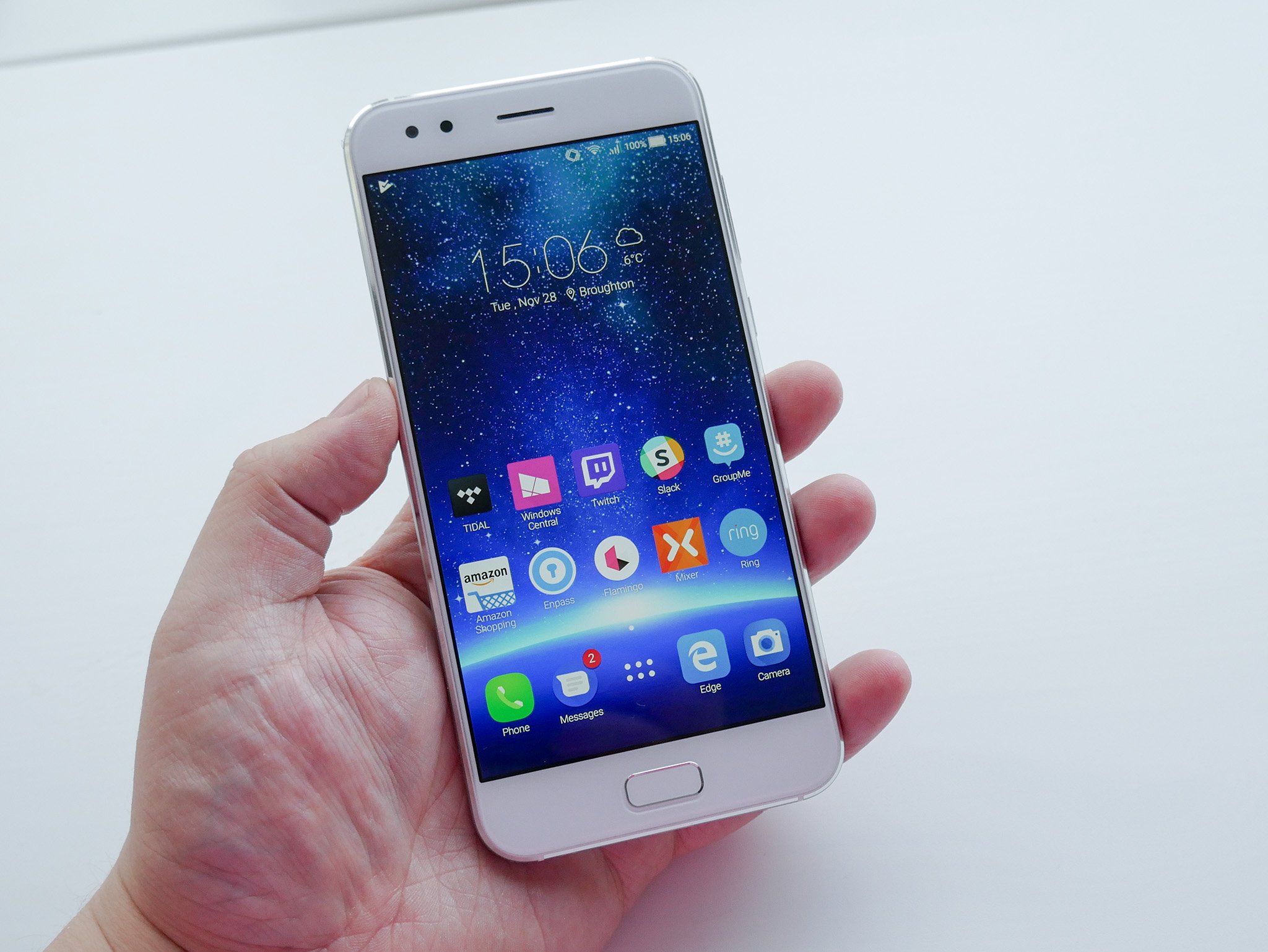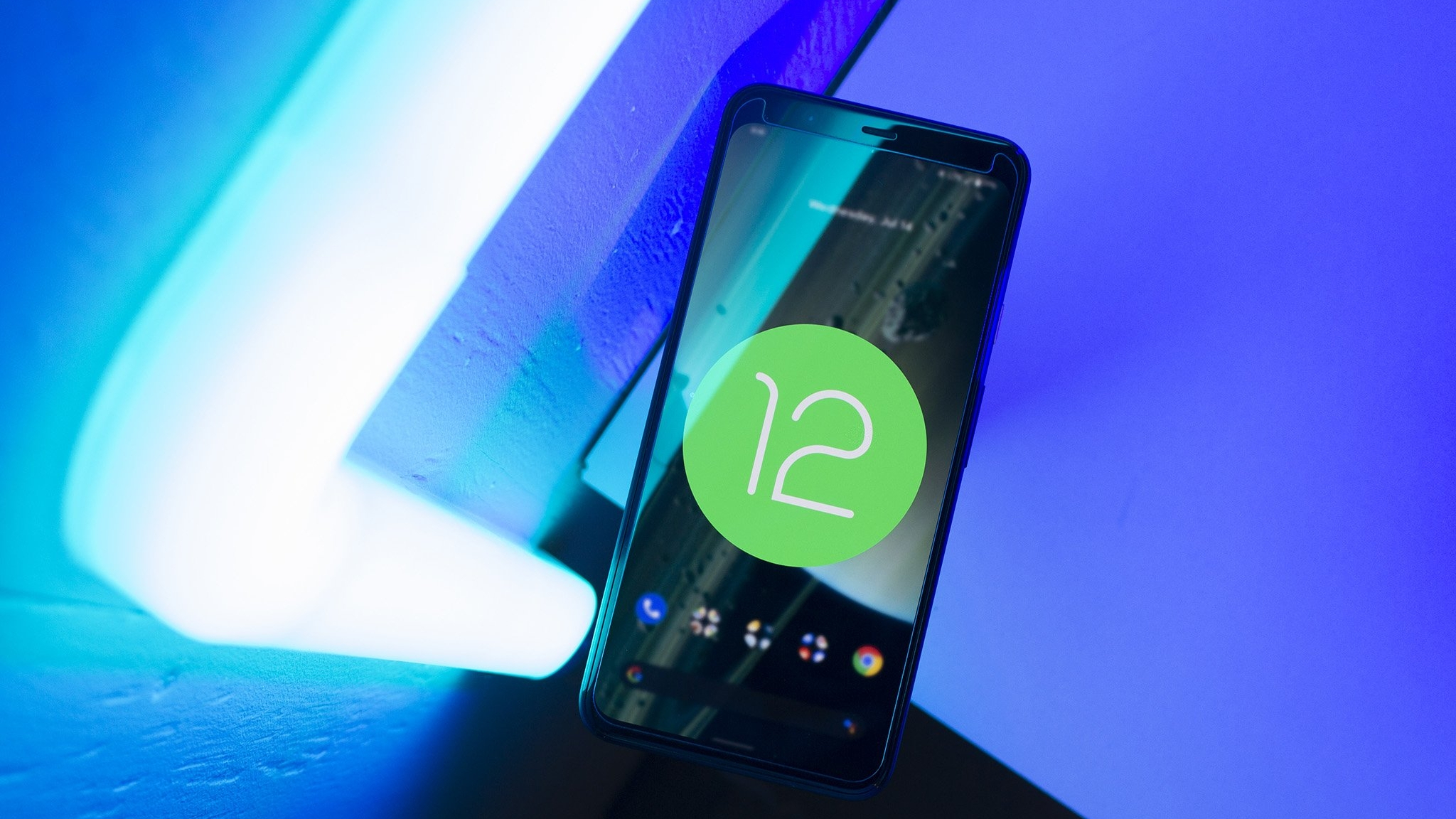We first caught up with ASUS' ZenFone 4 at its launch in Taiwan, but since then things have been a little quiet. Gradually it's been made available in more locations around the world, and since it just launched in the UK, we had a chance to pick it up and spend some solid time with it.
The ZenFone 4 range has a device it seems for all needs, but it's the regular, middle-of-the-pack ZenFone 4 we're taking a look at here. Mid-range specs, premium design, some great features, a good camera and a price tag that's a little too high considering the competition is a quick way to sum up this smartphone.
That you can get a phone this good looking in the middle tiers is a testament to how far Android phone makers have progressed in recent years. Indeed, ASUS has never really been one for boring, generic designs, and the ZenFone 4 is no exception.
It's glass front and back, there's no camera hump on its dual lenses, the sides are metal and on the front, there's a single-touch fingerprint scanner that doubles up as a home button. The other two Android buttons flank this (in the right locations I might add) and a neat touch is that you can decide in settings if you want them permanently illuminated or not.
The ZenFone 4 has a slipperiness factor of 10.
The side effect to the ZenFone 4 being glass-backed is that we're at slipperiness factor of 10. Likely because it's a flat slab — no curved edges like on a Samsung phone — the ZenFone 4 slips off everything. Four minutes after leaving the box it slid off the table I'd put it on to charge up. It's like being back in Nexus 4 days.
ASUS throws a simple TPU case in with the ZenFone 4 and I recommend you use it — unless you enjoy picking your phone up from the floor.
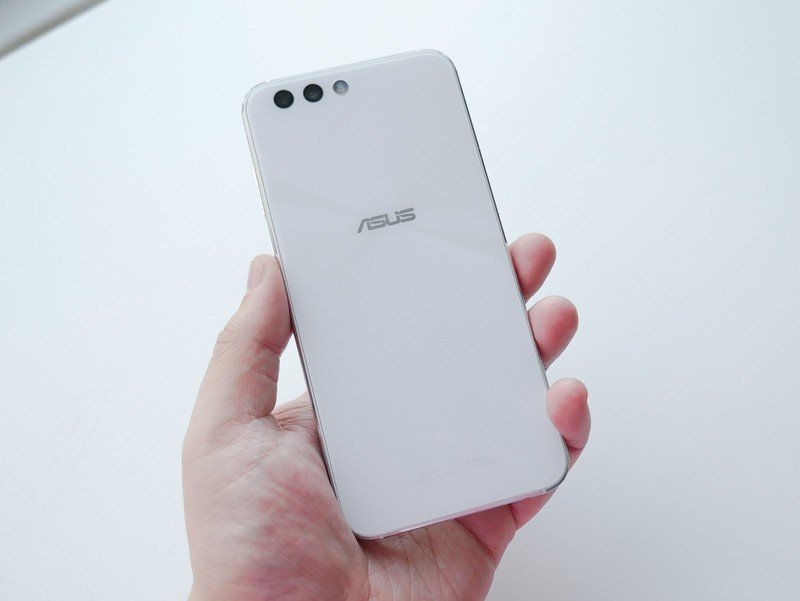
On the other glass side, you find a 5.5-inch 1080p Super IPS+ display with 600 nits brightness. Some will balk at 'only' 1080p, but at this size (and the regular 16:9 aspect ratio) it's still plenty good enough with 400ppi. It's sharp, vibrant and looks very nice. There are a few color settings on the phone to choose between. I went for 'Vivid' and colors really pop, with ASUS' color scheme in ZenUI making the most of it.
The display has almost non-existent side bezels, too, which in turn leads to the ZenFone 4 occupying a really solid balance of screen real estate and physical size.
Lots of storage and solid specs for a mid-range phone
Other hardware features of note are the Snapdragon 630 CPU, 4GB of RAM and a respectable 64GB of internal storage. ASUS didn't cheap out on storage, which is commendable, and there's still a microSD card slot if you find you're in need of more.
The ZenFone 4 lacks the highest-end internals that you'd find on the ZenFone Pro, but it's still a great performer. I've been using it side-by-side with the Razer Phone and in most general use there's no noticeable drop in performance. In heavier use scenarios, like gaming, the ZenFone 4 is a little weaker but in most cases, it's smooth, snappy and very pleasing to use.
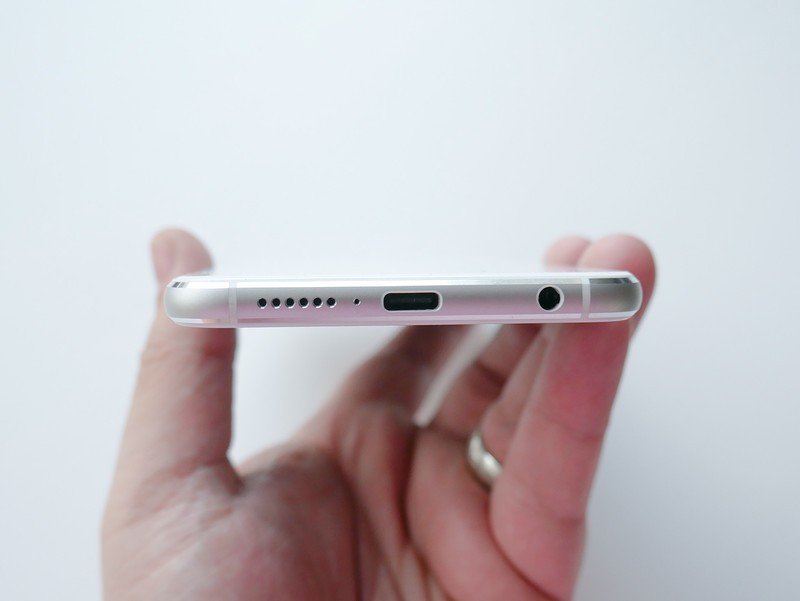
And the ZenFone 4 deserves a shoutout for its audio performance, too. Not only are there dual speakers, but the phone is Hi-Res Audio certified for the 192kHz/24-bit standard. The speakers are OK, but not good enough to actually want to use for extended periods, but through headphones listening to lossless audio is a definite win.
Oh, the ZenFone 4 has a headphone jack as well. That sound you hear is the angels singing.
As a piece of hardware, the ZenFone 4 is excellent. Slippery but excellent. The design is nothing groundbreaking but you get an air of the premium as well as superb build quality. Which is handy since you'll be picking it up off the floor a fair bit if you go naked.
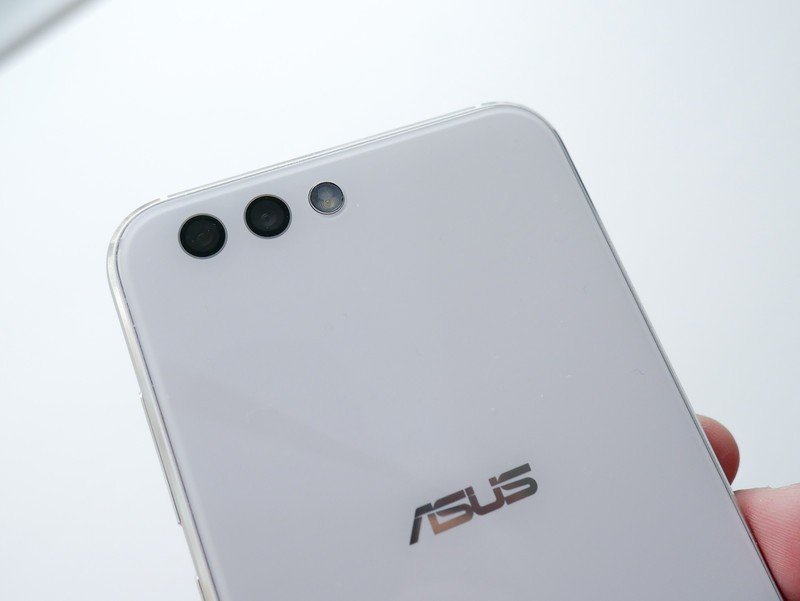
The camera is a particular focus for ASUS, as it is with many other phone makers, and the ZenFone 4 on paper at least has all the boxes ticked. The dual-camera setup comprises a main Sony IMX362 12MP sensor at f/1.8 and a wide-angle sensor with 120-degree field of view at 8MP.
They also operate as two independent sensors, there's no trickery here. You can either shoot with the 12MP main camera, or simply tap a button in the camera app and switch over to the wide-angle. The camera app is packed with features, including full manual controls and the ever more standard portrait mode.


Portrait mode seems to deliver fairly nice looking photos from both the front and rear cameras. The blurring effect is fairly strong, but the ZenFone 4 seems to be able to capture the subject pretty well, as long as it's a person. I tried it out with other objects with limited success.
Performance from the camera is on the whole very good, especially for a mid-range phone. Focus is lightning fast on both front and rear cameras, and the pro controls for manual adjustments cover every base.









Standard features like HDR and beauty mode are present and correct, and the ZenFone 4 shoots not only in RAW if you wish but can take up 32-second long exposures. For mobile videographers, the ZenFone 4 delivers 4K video at 30 FPS or 1080p video up to 60 FPS from the rear camera. There is OIS for "shake-free exposures up to 1/4 second." Shakiness was never an issue.
It's worth noting that HDR is quite aggressive but does certainly brighten up darker scenes as well. The wide-angle camera is honestly a letdown, with images losing a lot of detail over the main one. The main camera loses some detail at the edges, but the subject is usually sharp and well balanced. Auto white balance and exposure are a bit hit and miss though, so diving into the pro controls is the way to go.
For selfie enthusiasts, you can ditch the main camera app entirely and use the ASUS Selfiemaster instead. Never let it be said that ASUS isn't serious about its selfies.
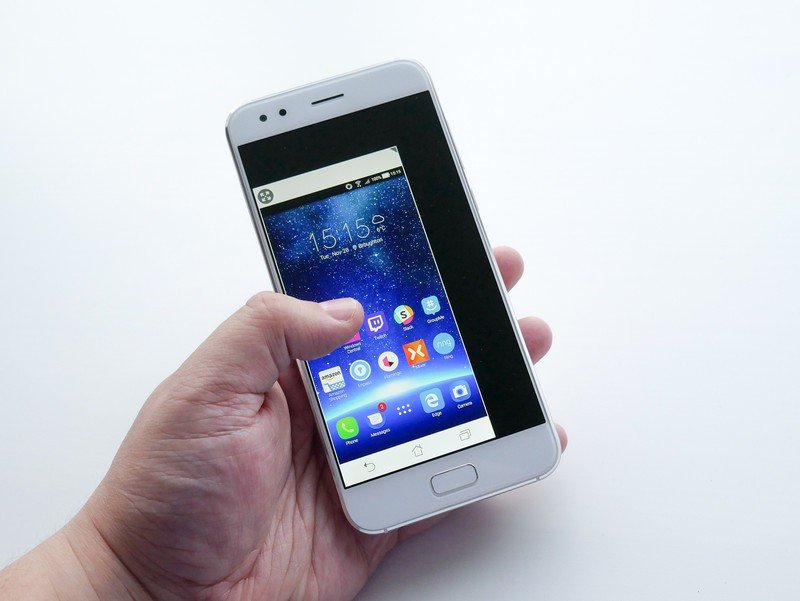
The addition of a dedicated selfie app sets the tone for the overall software experience on the ZenFone 4. It's been a while since the UK market has experienced ZenUI and it may come as a bit of a shock. It's based on Android 7.1 Nougat, which isn't a massive surprise given when the phone was first announced.
The version of Android completely disappears, though, into the wall of color that is ZenUI. It has evolved over the years and is now very pleasant to use, with a smooth experience and features galore. ASUS has custom apps for everything, the menu system has been completely overhauled and it's impossible to recognize any vanilla Android features beneath.
The version of Android vanishes into the wall of color that is ZenUI.
There is also, naturally, a theme store included and a selection of even crazier-looking ways to customize your phone. And if you don't like an app drawer for some reason, you can turn it off and have things the iPhone way with all your apps on the home screens.
You could spend hour after hour detailing all the little things ASUS has done with its software on the ZenFone 4. The easy way to sum it up is thusly: It's bright as all hell, customized to its core and has a lot of custom apps and features. Some you'll like, some you won't, but the experience of actually using the phone never feels compromised.
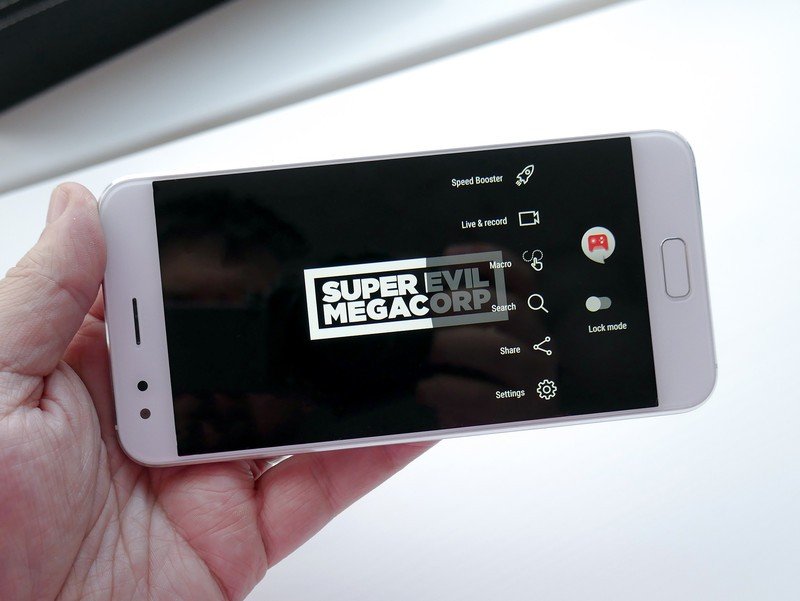
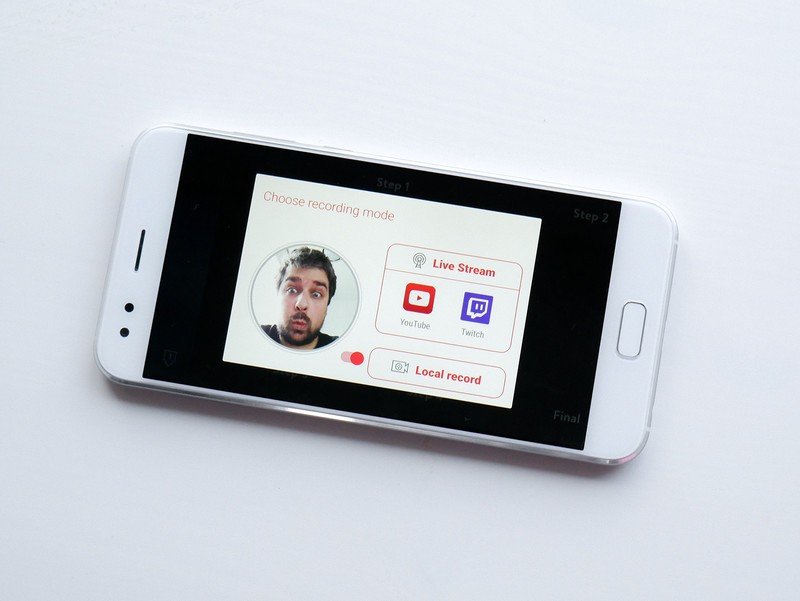
One feature I particularly appreciate is the Game Genie app. ASUS knows a thing about gaming, after all, and like Samsung and Razer in particular, has included a dedicated gaming tool on the ZenFone 4. It allows you to 'boost' your phone before gaming, lock the capacitive buttons, go live on YouTube or Twitch or just record locally, even create macros if you want to get really serious.
Battery life has been pretty solid, with ASUS squeezing a pretty sizeable 3300mAh juice pack inside the sleek form of the ZenFone 4. You'll also be able to get a 50% charge on that battery in just 36 minutes, so even though it's never struggled to get through the day, a quick charge feature is always welcomed. Screen-on time has averaged between 4 and 5 hours over the course of a week using this phone.
The ZenFone 4 is a very good phone and a welcome return to the British market for ASUS. Despite being 'mid-range', the ZenFone 4 has a premium style and swagger about it, with superb hardware, a solid camera, and great battery life.
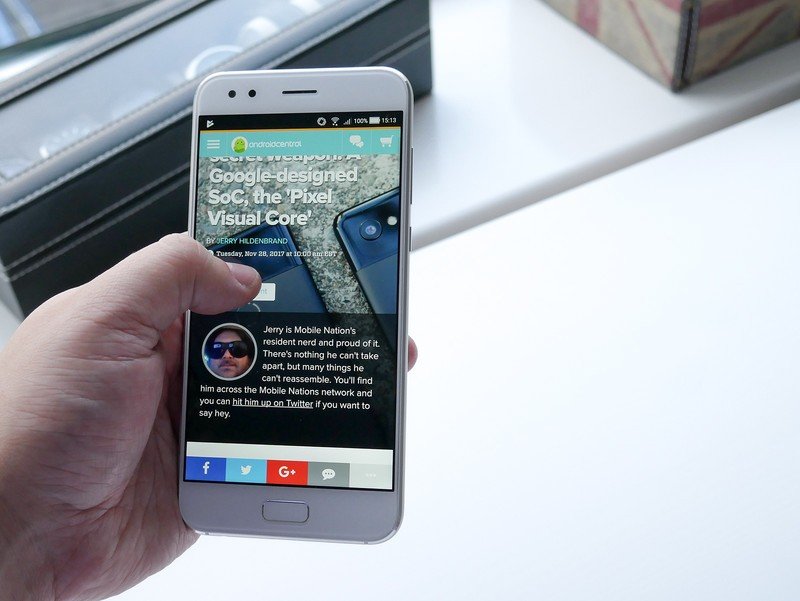
The elephant in the room is the price, at least for the UK market. At £449 it's too expensive, there's no other way to really say it. The HTC U11 Life is similarly spec'd, and in its UK Android One form comes with Android 8.0 Oreo for about £100 less. The ZenFone 4 has the edge in some areas, like the battery and some of the camera features, but on the whole, it's virtually impossible to say it's worth £100 more.
And that's where I feel it comes to a sad conclusion. The ZenFone 4 is an excellent phone, but it's one that many may pass over because of its price. If the ASUS thing takes your fancy, the entry-level ZenFone 4 Max with an enormous battery is £200 less. But at £449, you're paying a fairly high price for a mid-range device. Ultimately, that's where it comes unstuck.
If you do buy one, you'll enjoy using it, it's a really nice phone. But it's going to be too easy to pass it over.
